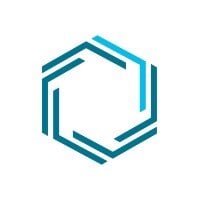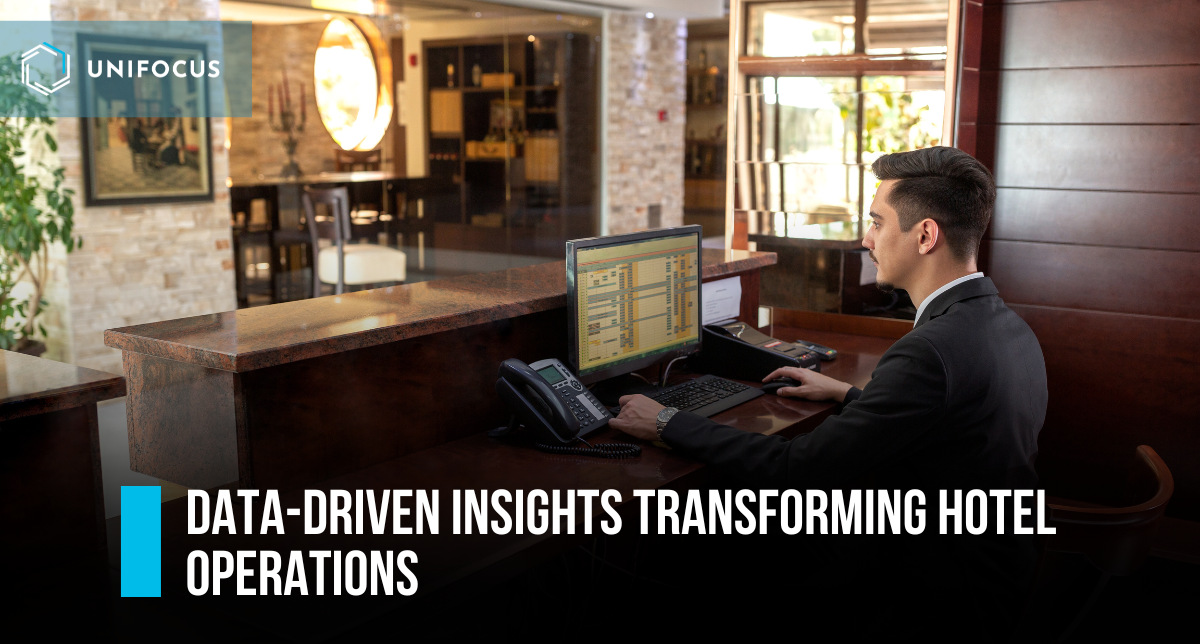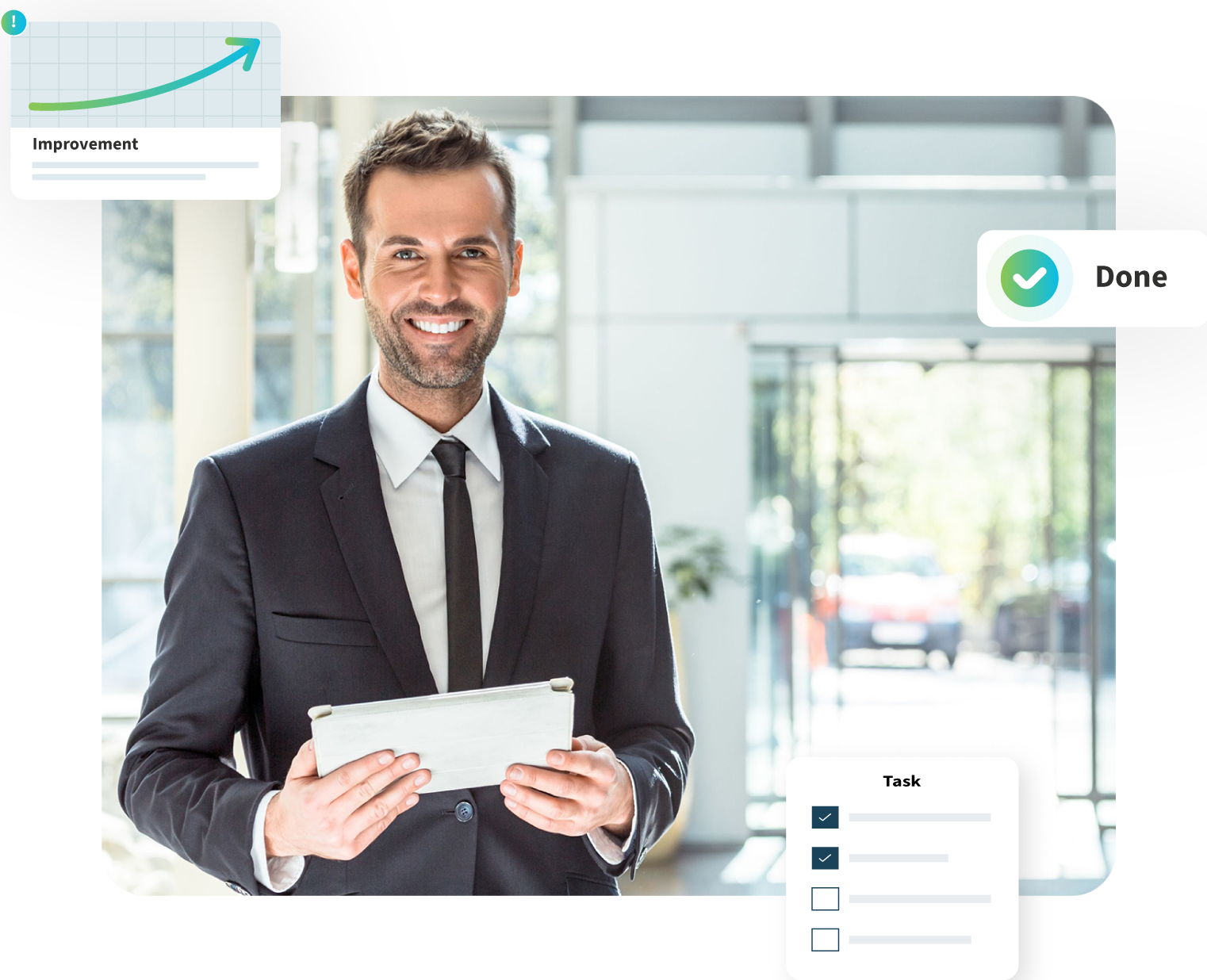November 2, 2018 - By Mark Heymann, Chairman & CEO, UniFocus - Published in Lodging Magazine – Thanks to technology, today’s hotel owners and managers benefit from a nonstop stream of information, and ever-improving dashboards keep it always at the ready. But all too often, valuable, potentially actionable data is simply channeled into reports that are dutifully produced on a monthly, weekly, even daily basis, only to be lost in a numbers overload. By understanding which data points offer the most value to their organization, managers will have more time to focus on those and analyze them effectively, leading to smarter decisions and ultimately better results. Here’s what to look at, and how.
Measure against the high performers–not projections or norms.
Too often, managers compare results to projections, which can be problematic when general market changes move the goalposts, leading to missed opportunities. Another common measure is to compare results to industry norms. The downfall of this practice is it can stifle ambitious goal setting. What would be a superior measure? Hoteliers using averages should benchmark results to the 80th percentile–the better performers. This approach encourages management to set goals higher and spurs ongoing advances.
Measure against potential.
Manufacturing operations determine the optimal amount of product per day in terms of machine capacity and produce that volume daily. In such an environment, it makes sense to make business decisions based on comparison to budget. But hotel operations, by contrast, see business volumes fluctuate daily, and, therefore, production and productivity also vary day to day. A far more meaningful measure for hotel managers would be to compare the underlying performance potential of the actual volumes serviced.
Why do so many continue to adopt a measure better suited to manufacturing? The answer, most likely, is that in a customer service operation, determining productivity potential has traditionally been a complex proposition—whether it’s the rate of check-in at the front desk, the amount of fixed and variable work in a specific area, or the labor cost during a meal period. Today’s advanced technology, however, puts these numbers within easy reach. Hoteliers can better calculate cost potential–especially regarding labor–in these areas, including measuring labor use in relation to earned or standard hours—and, critically, relate productivity performance to customer satisfaction.
Stop looking at absolute numbers.
Hoteliers with multiple locations might oversimplify the numbers thrown their way by comparing absolute performance from property to property in a top-to-bottom ranking. This approach has a significant pitfall: At the individual hotel level, it invites management to focus on avoiding the bottom rather than striving for the top and, as a result, grow complacent over a comparatively high ranking. Also, variables like average rate can impact a fair comparison of profitability between hotels. In fact, the brand’s top and low performers might look very different should each hotel’s actual performance be compared to its optimal potential.
Know when to measure.
Reviewing endless reports keeps managers at their desks and away from where they need to be–out among their teams and guests. The smart manager limits daily reporting only to information that’s actionable in real time. Comparisons of labor to potential, for instance, and RevPAR (factoring in respective room counts) are two key areas to understand and respond to daily, and managers ideally should identify no more than five total. Trends, on the other hand, are meant to be tracked over time, so a daily review has little value and can even be counterproductive. Instead, the frequency should be based on when the data being compared is most accurate–monthly for budget, weekly or monthly for market trends or comps to market, and when it can be acted upon.
Stay focused.
The key to making the most of today’s big data overload and not getting swamped by the deluge is to target only the numbers that really matter to the hotel operation and let the rest stream by. Choose measures that provide meaningful insights and use those insights to make smarter decisions that positively impact the business.







